In Photos: 1,500-Year-Old Cemetery Discovered Along Silk Road
Silver Bowl
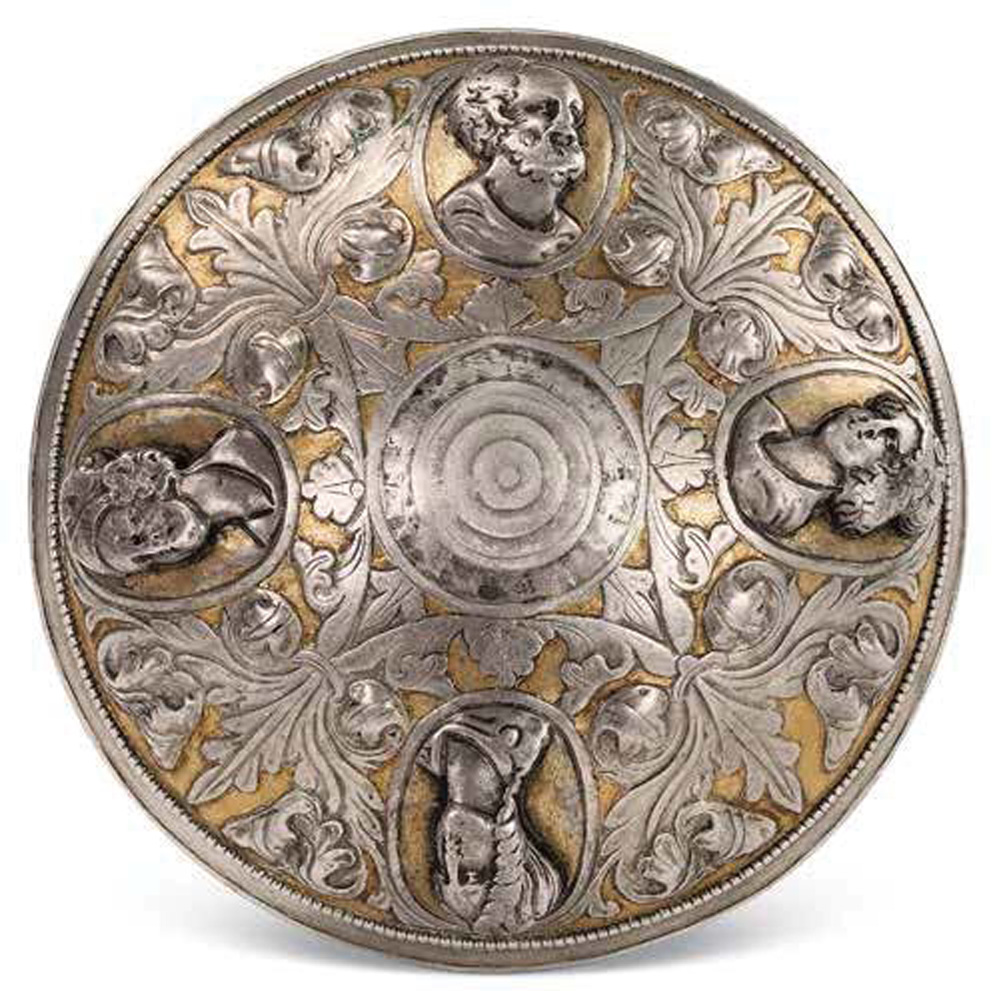
Archaeologists in Inner Mongolia have excavated a cemetery containing six tombs — five of which date back around 1,500 years. The archaeologists made a number of discoveries, all of which tell tales of the riches that were being traded in the area in ancient times. Here, the bottom of a silver bowl that has bosses (protrusions) that depict ancient Greek deities. Zeus, king of the gods, can be seen at top of this image.
[Read the full story on the cemetery findings]
Lid and container
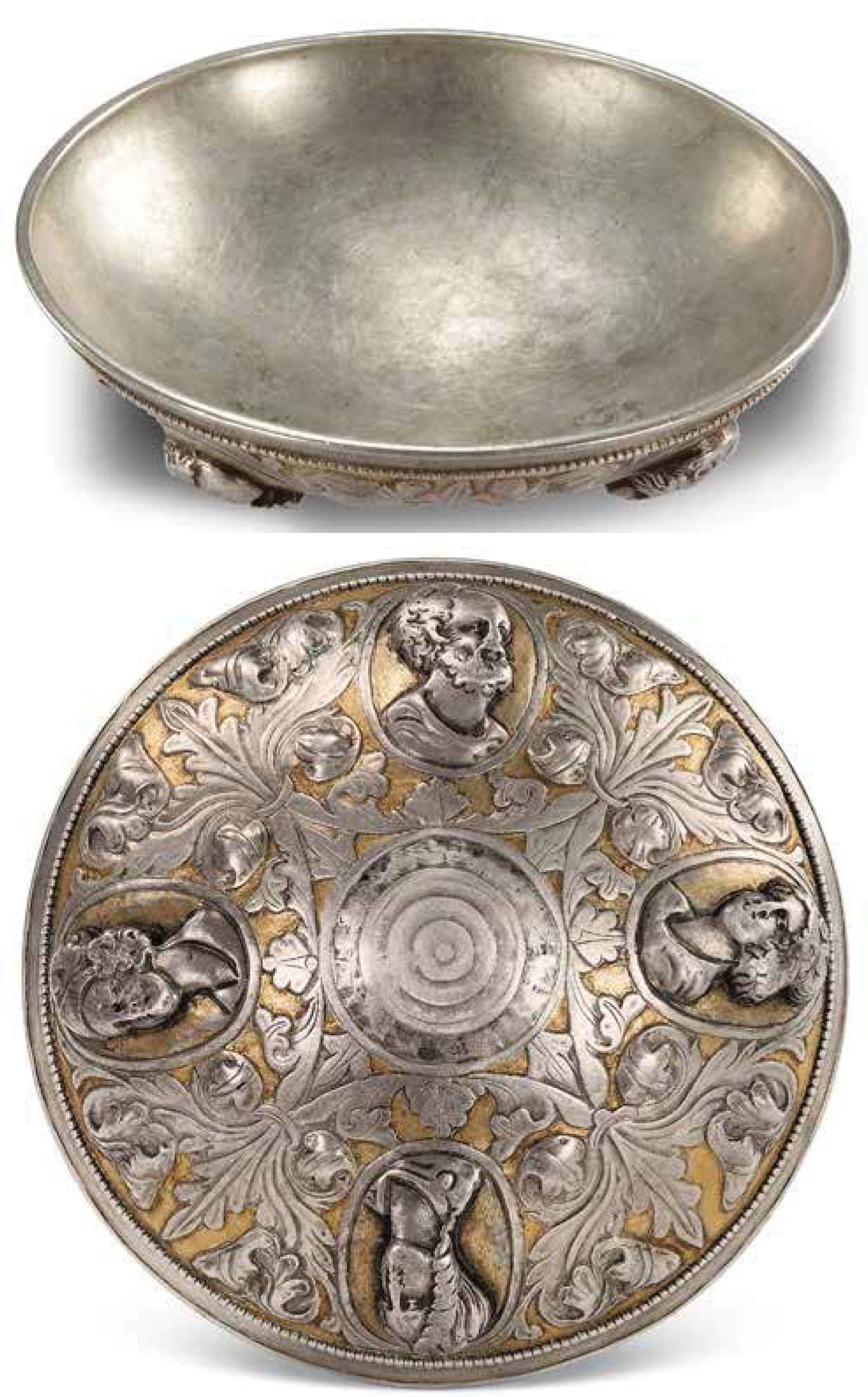
While the bottom of the silver bowl is covered in bosses (protrusions) showing images of Greek deities, the top is plain and undecorated. The bowl was found by archaeologists in a tomb called "M1."
Rings
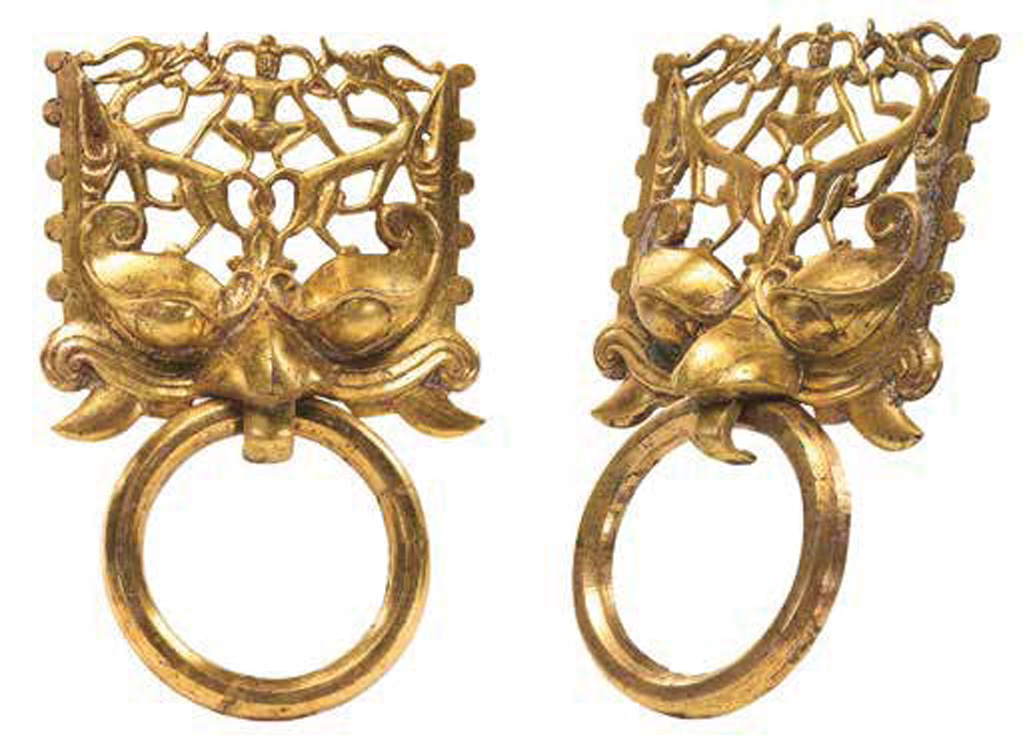
Another artifact from Tomb M1 found by archaeologists &mdash a gilt bronze ornament containing a ring. It was found attached to the remains of a coffin at the site in Inner Mongolia.
Dressed for death
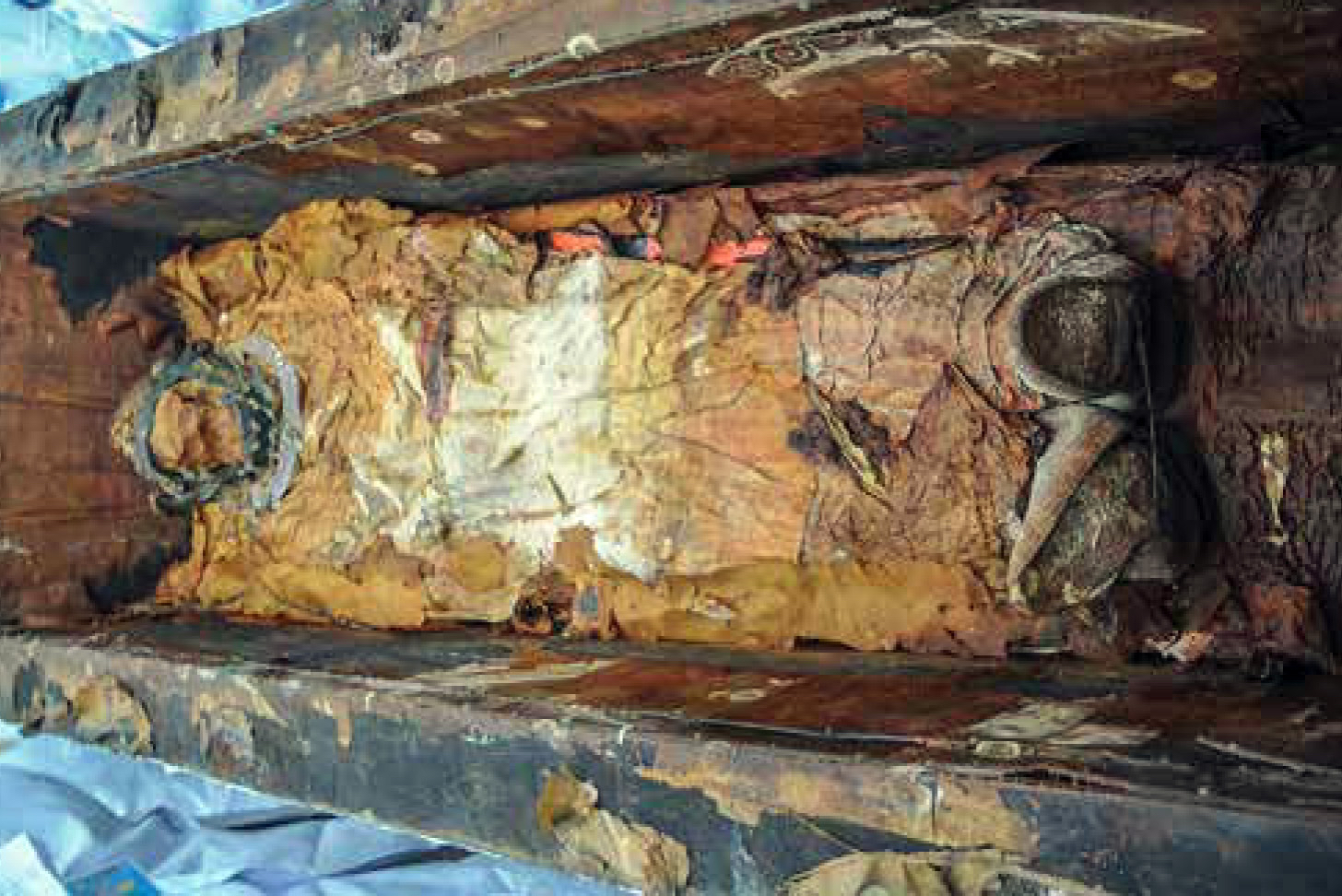
Inside one of the six tombs, this one called M3, the archaeologists discovered this coffin containing a body covered in yellow silk. A gold headband, gold belt, gold finger rings, gold necklace and leather boots were also found on this person's body.
Riches
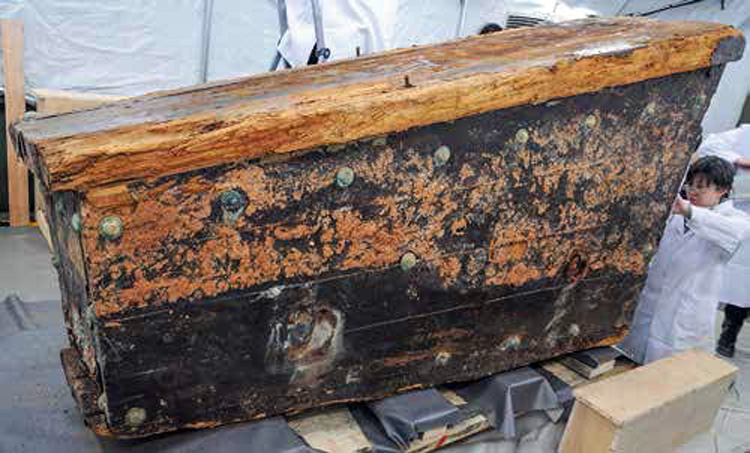
Another photo of the coffin found in M3.
Remembered
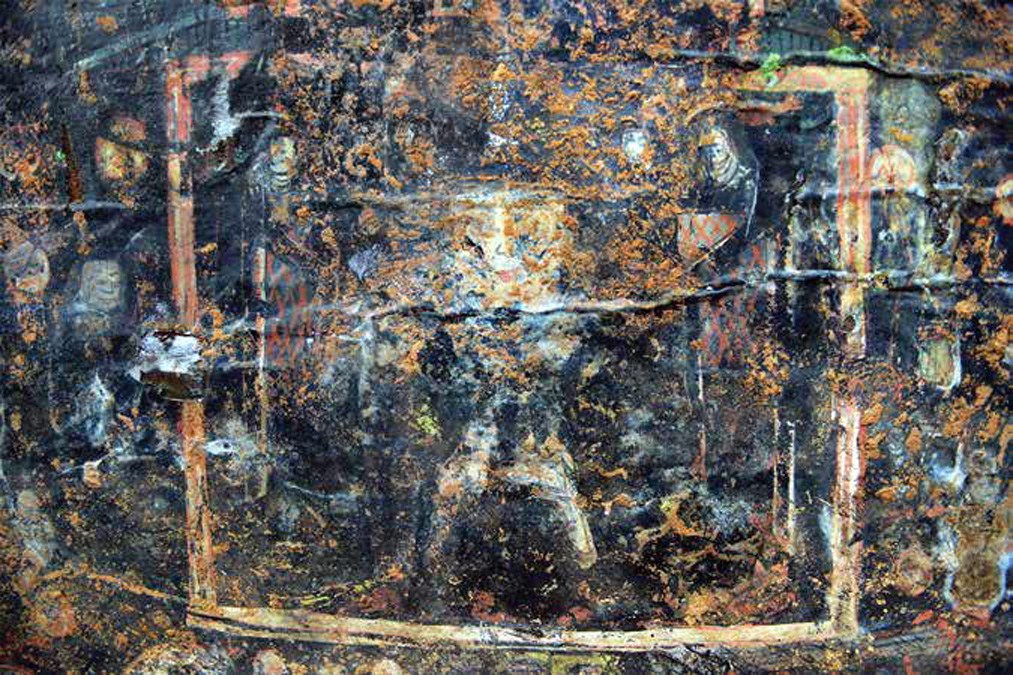
The remains of a painting found on the outside of the coffin from tomb M3. In the painting, a person (likely the tomb occupant) can be seen sitting down, their size greatly exaggerated. Attendants with white faces can be seen around the person who is shown seated in a house that has red pillars and a blue roof.
Sign up for the Live Science daily newsletter now
Get the world’s most fascinating discoveries delivered straight to your inbox.
Ornaments
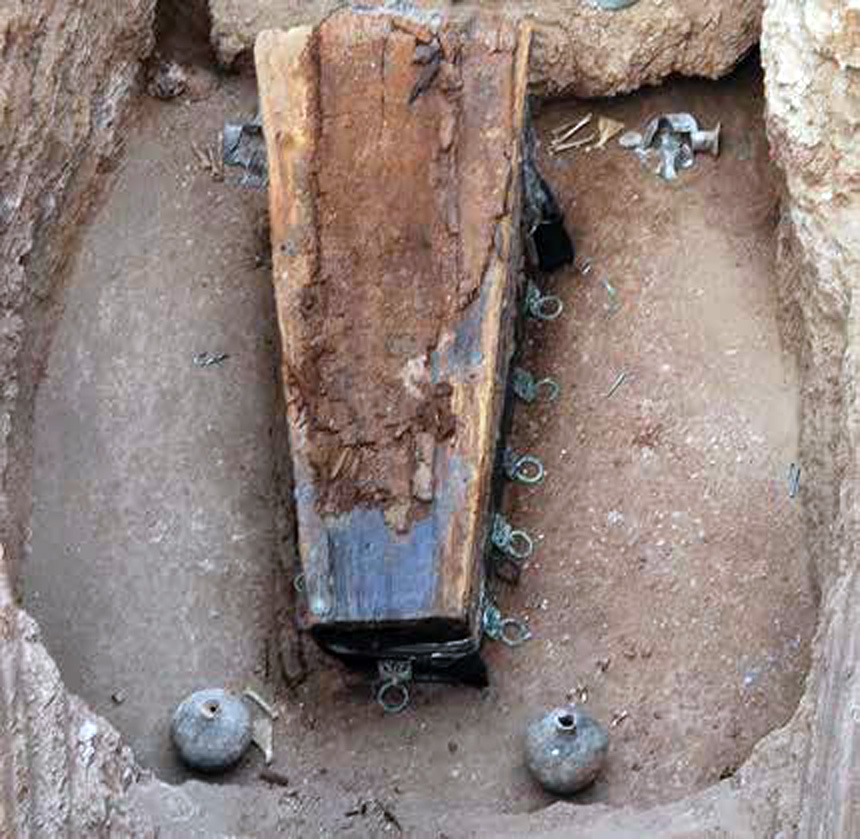
Tomb M3 contains a variety of artifacts. The coffin had a number of ornaments, which could have functioned as handles, attached to it (they can be seen in this picture). Some fine examples of pottery can also be seen in the tomb.
Warm clothes
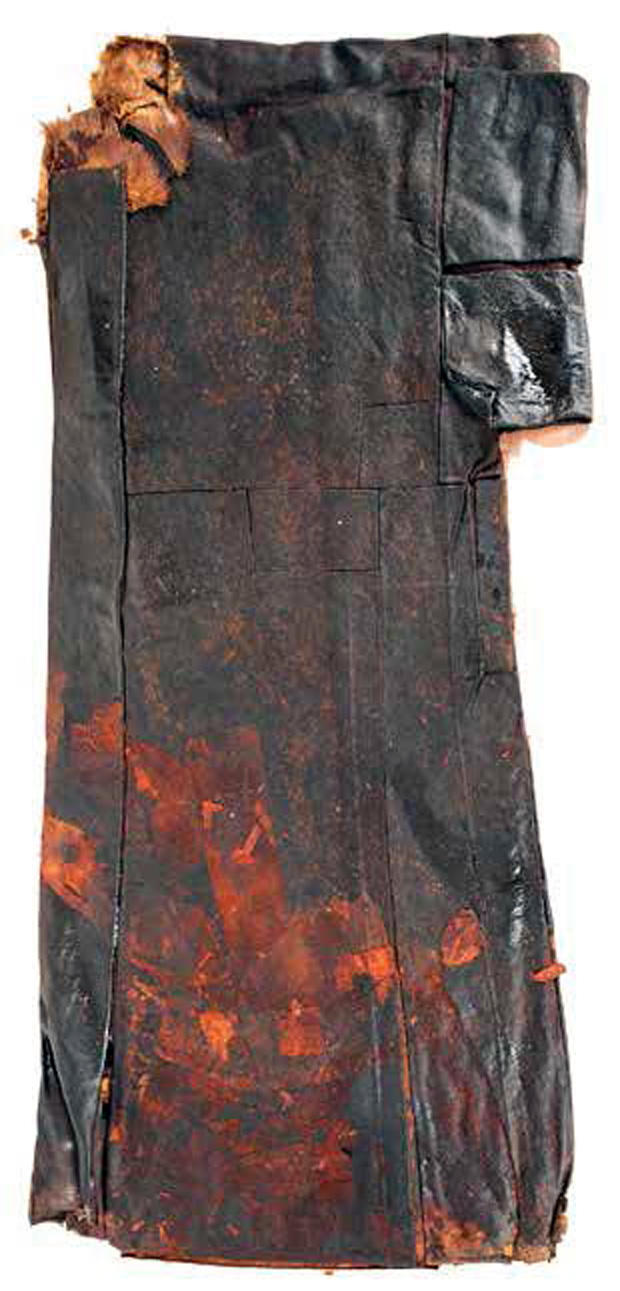
A leather robe, found in good condition, in tomb M3. Robes like this were worn in Mongolia to keep warm when the weather was cold, archaeologists said.

Owen Jarus is a regular contributor to Live Science who writes about archaeology and humans' past. He has also written for The Independent (UK), The Canadian Press (CP) and The Associated Press (AP), among others. Owen has a bachelor of arts degree from the University of Toronto and a journalism degree from Ryerson University.









